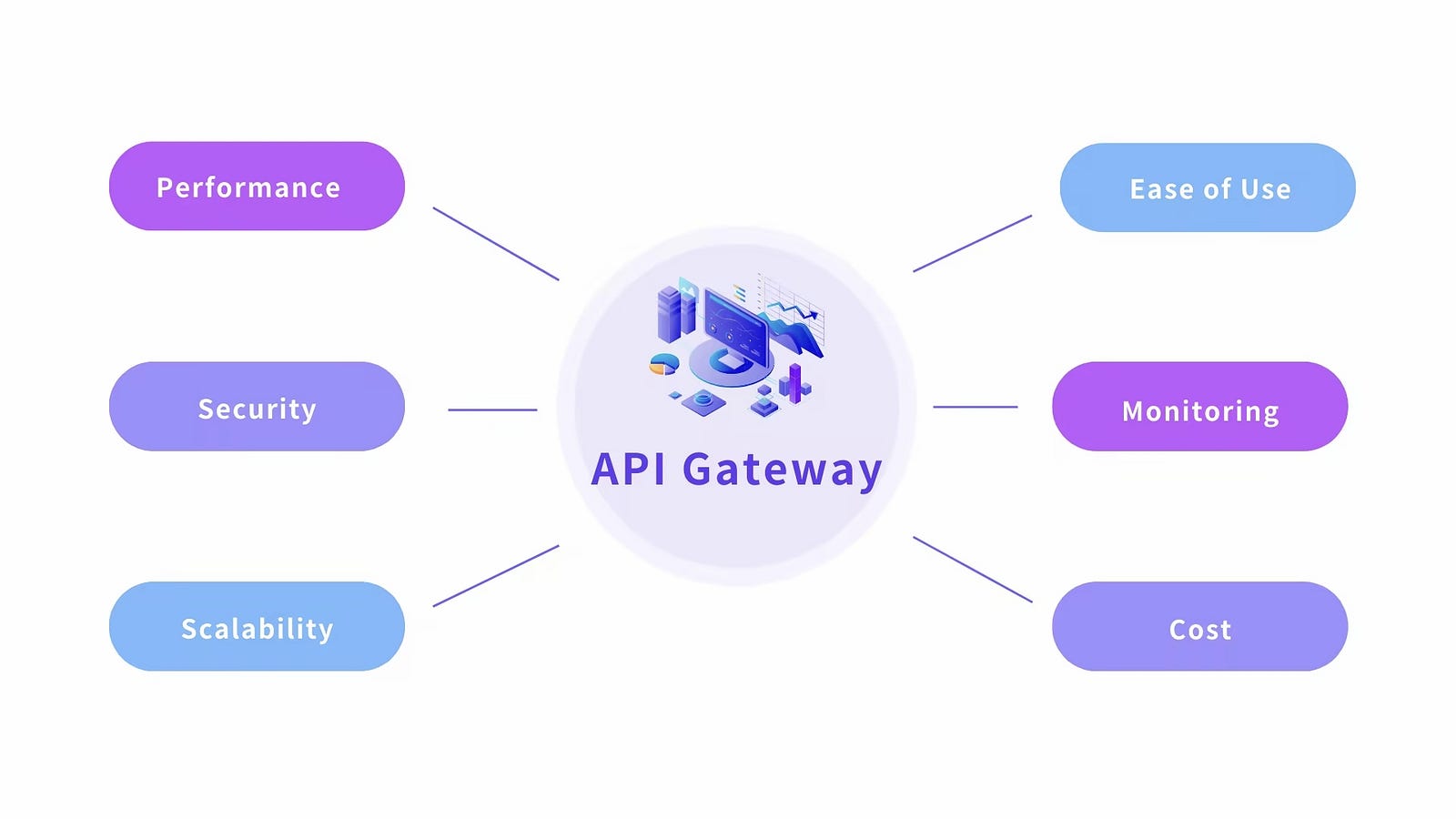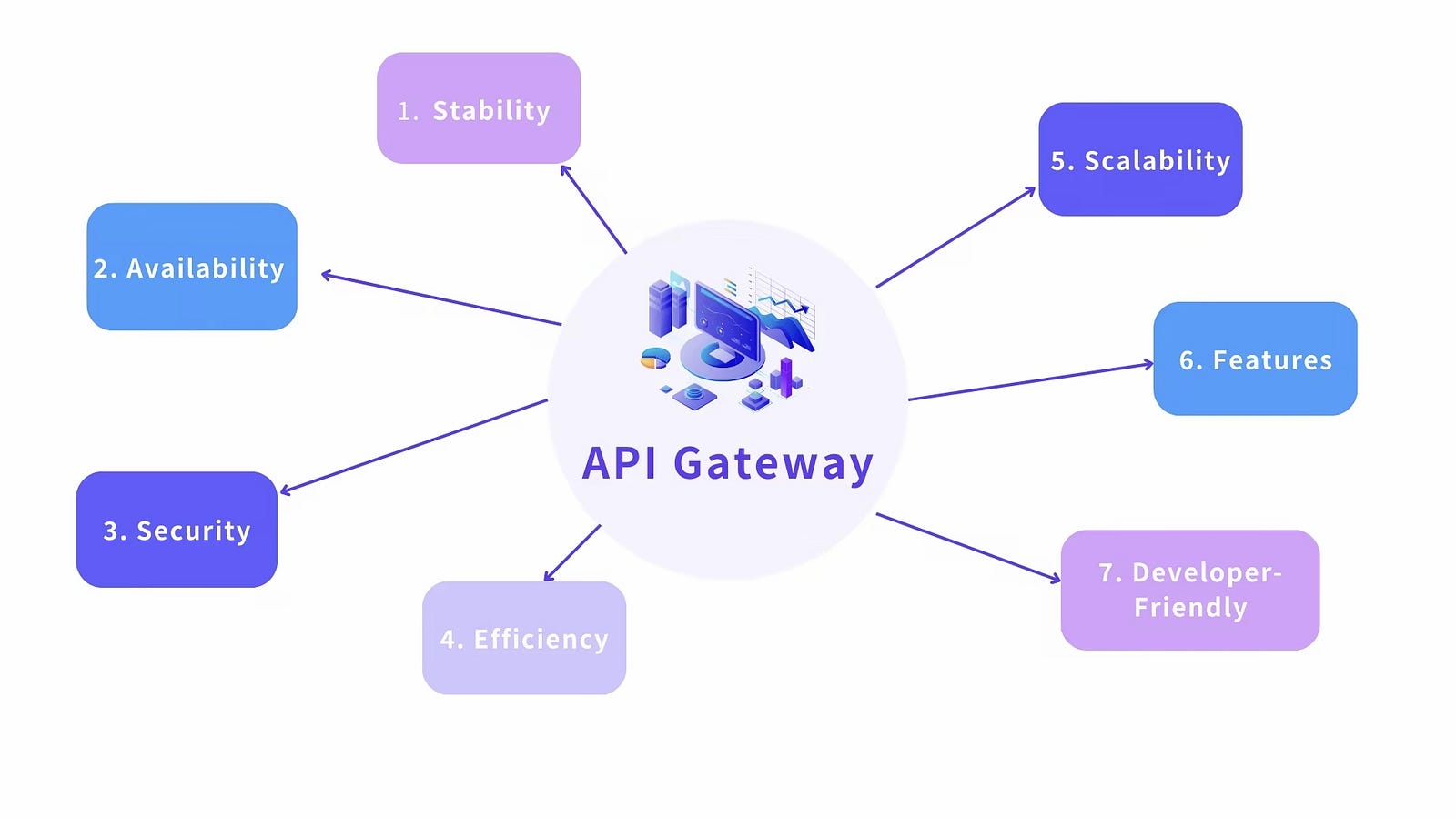In modern software development, the API gateway plays a crucial role as a core component of the infrastructure. It is responsible for handling and managing communication between applications, providing key functionalities such as authentication, traffic control, and data transformation. However, when it comes to selecting and updating API gateway products, it is typically the responsibility of the technical team to make this critical decision.
Engineers often approach the selection of an API gateway from a technical perspective, focusing on various technical metrics and performance parameters. They carefully evaluate and make decisions based on aspects such as processing speed, security, scalability, and ease of use. This technical inclination is closely related to the personal interests and career pursuits of technical professionals.
How Do Engineers Choose an API Gateway?
When selecting a new API gateway, engineers typically consider the following aspects:
Performance: Focus on the processing speed and throughput of the gateway to enhance system performance.
Security: Evaluate supported security protocols and policies such as OAuth, JWT, and API keys to protect the system from security threats.
Scalability: Ensure the ability to easily add more services or nodes to adapt to system growth and changes.
Ease of use: Desire for quick configuration and management to reduce operational complexity and increase team efficiency.
Monitoring: The need for monitoring tools and logging for problem detection and resolution.
Cost: Consider the initial deployment and long-term maintenance costs to choose an economically viable solution.

Generally speaking, when selecting an API gateway, engineers focus more on the selection from the perspective of implementation and technical architecture. They consider factors such as performance, security, and scalability to ensure that the chosen API gateway can meet business requirements and contribute significantly to the stability and sustainable development of the entire system.
How Do Enterprises Choose a New API Gateway?
Enterprises typically have some considerations different from engineers when selecting any new IT infrastructure component. The primary concerns of enterprise users are stability, reliability, security, and efficiency. For API gateway products, scalability is also a significant factor to consider because, as the unified traffic proxy entry, the gateway needs to integrate with various internal platforms for authentication, logging, monitoring, alerts, etc., and may require some customization to varying extents.
Enterprises choose excellent technology to better serve their business. They are well aware of the importance of technology in modern business and aim to enhance business performance and competitiveness by using advanced, reliable, and efficient technologies.
Best Practices for Enterprise Selecting a New API Gateway
Whether you are an application or operations engineers, or a manager, you can refer to the following dimensions, which are arranged by priority, when selecting a new API gateway.

Stability: Ensure reliable processing of requests and responses under different network and service load conditions to maintain service continuity and consistency.
Availability: As the core of enterprise applications, the API gateway must have high availability.
Security: Includes authentication, monitoring, IP allow/deny list control, anti-replay, anti-attack, and other security measures.
Efficiency: High processing efficiency to meet peak request pressure requirements.
Scalability: Allow customization and expansion to ensure it can meet more requirements.
Features (may vary slightly for different enterprises):
Load balancing: Combine load balancing technology to achieve downstream service load balancing through service discovery tools.
Unified authentication: Centrally manage authentication at the gateway level, reducing the complexity of each microservice docking with the single sign-on system.
Protocol conversion: Support protocol conversion for different backend services, providing unified services.
Rate limiting and circuit breaking: Control access frequency and rate to protect the system from traffic peaks or backend service failures.
Canary release: Achieve seamless canary release and track and analyze service invocation chains.
Logging and monitoring: Record and collect request and response information at the service URL granularity.
Ecosystem: A relatively complete surrounding ecosystem that can be used out of the box.
7. Developer-friendly
Documentation: Rich and complete documentation to improve work efficiency and reduce communication costs.
Multi-language SDK support: Facilitate client access and usage for development in different languages.
In conclusion, choosing the right API gateway is crucial for the success of an application. By comprehensively considering factors such as security, performance, scalability, ease of use, monitoring and logging, costs, and enterprise user concerns, one can better meet business requirements and enhance system efficiency and security.
